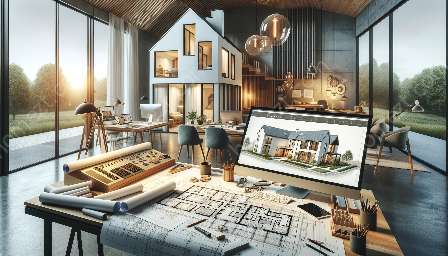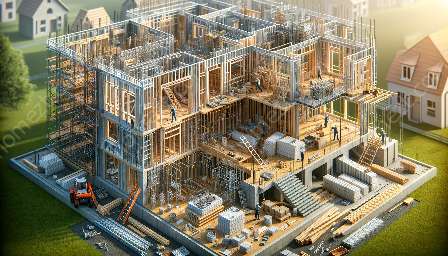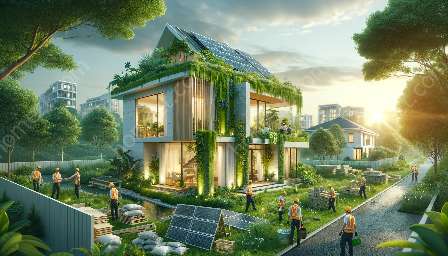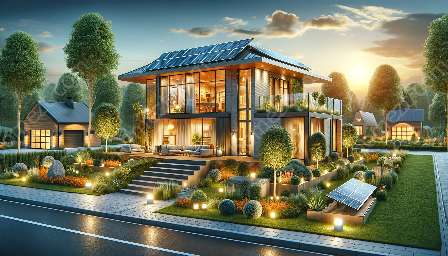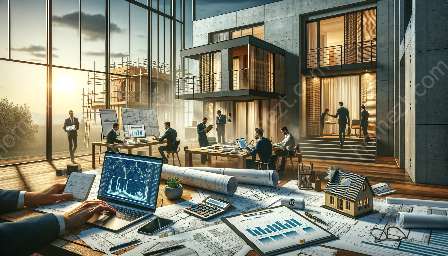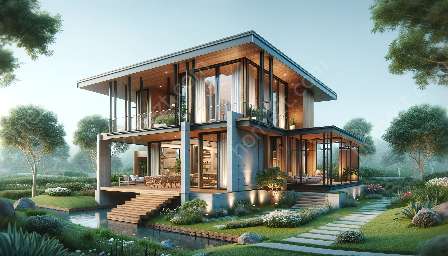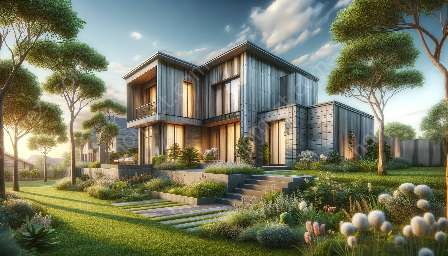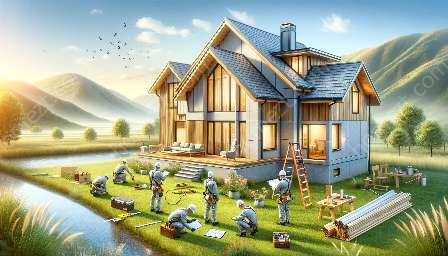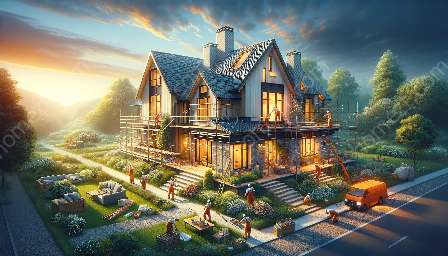Green building and sustainable practices have become increasingly important in the construction industry, especially for home builders looking to create eco-friendly homes. This topic explores the concept of green building and sustainable practices and how they can be incorporated into home construction to benefit both the environment and homeowners.
The Importance of Green Building and Sustainable Practices
Green building refers to the practice of creating structures and using processes that are environmentally responsible and resource-efficient throughout a building's life cycle. Sustainable practices encompass a wide range of methods and materials that minimize the impact of construction on the environment while also improving the health and well-being of occupants.
Benefits of Green Building and Sustainable Practices for Home Builders
Home builders play a critical role in implementing green building and sustainable practices. By choosing environmentally friendly materials, energy-efficient technologies, and sustainable construction methods, home builders can reduce the environmental impact of construction and create healthier living spaces for homeowners. Additionally, incorporating these practices can lead to long-term cost savings and increased market value for eco-friendly homes.
Key Elements of Green Building and Sustainable Practices
Several key elements contribute to green building and sustainable practices, including energy efficiency, water conservation, waste reduction, and indoor air quality. Home builders can optimize energy performance by using renewable energy sources, high-efficiency appliances, and insulation, while also implementing water-saving fixtures and systems to minimize water usage. Furthermore, waste reduction strategies such as reusing and recycling construction materials, along with promoting superior indoor air quality through proper ventilation and non-toxic building materials, are essential components of sustainable home construction.
Designing Eco-Friendly Homes
When designing eco-friendly homes, home builders can utilize passive solar design, sustainable materials, and green spaces to create spaces that are both energy-efficient and visually appealing. The integration of energy-efficient windows, natural lighting, and renewable materials such as bamboo flooring and recycled glass countertops helps reduce the environmental footprint of the home while maintaining aesthetic appeal.
Certifications and Standards
Various certifications and standards, such as LEED (Leadership in Energy and Environmental Design) and ENERGY STAR, provide guidelines and recognition for green building and sustainable practices. Home builders can achieve certification for their projects, demonstrating their commitment to environmental sustainability and meeting industry-recognized standards for eco-friendly construction.
Conclusion
Green building and sustainable practices are integral to the future of home construction, offering numerous benefits for both the environment and homeowners. By embracing eco-friendly building principles, home builders can create sustainable, energy-efficient, and healthy homes that align with the growing demand for environmentally responsible living spaces.


